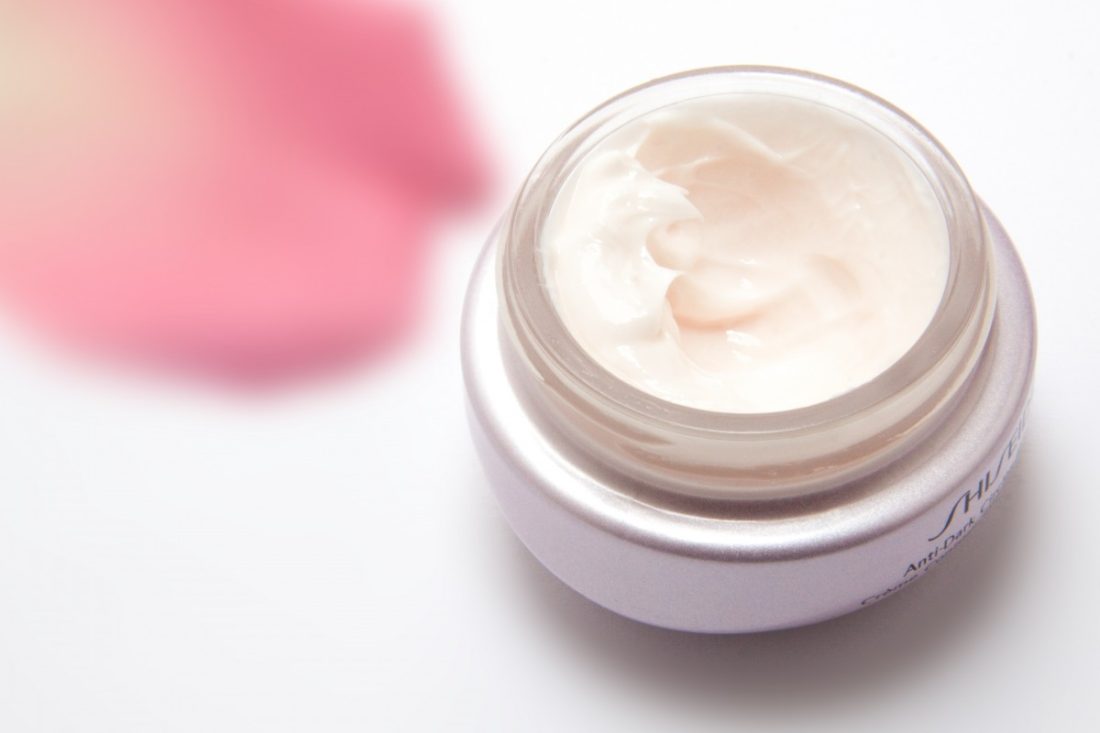When a person is engaging in addiction, especially to strong substances like methamphetamine, their whole body experiences the side effects, including the skin. Someone with a meth addiction tends to pick or scratch their skin often, as they constantly feel bugs crawling under their skin (also known as meth mites). It is also common for meth users to have lesions, abscesses, acne, sores, and other types of skin abnormalities on the face and the body, making them break out frequently.

The skin damage from meth sores takes time to heal, and they often continue to bother a person during the recovery phase. Due to this, it can sometimes become challenging for a person to focus on their healing instead of managing and improving their skin’s condition. If you or a loved one is struggling with meth sores during recovery, there’s hope. The skin can be restored to its best form with adequate care and a balanced diet.
Here’s how to care for the skin during and after meth addiction recovery:
- Identify Your Skin’s Unique Needs
While the effects of meth on the skin are often bunched together, there’s always a possibility that the impact of the substance could be different on your skin type from what’s known. Working with a dermatologist can be highly beneficial in identifying the uniqueness of your skin, the depth of meth-induced skin damage, and the road to recovery.
Antibiotics, topical anesthetics, and steroids are often recommended to ease the discomfort and pain while allowing the skin to heal from within. Regular skin care products may not be effective, as they will superficially repair the skin without addressing the underlying damage.
- Invest in Gentle Skincare Products
It is common for people with meth addiction to excoriate their skin compulsively, giving the skin no time to repair itself. Using a strong and concentrated range of products during this time can do more harm than good.
Meth sores are open wounds that are highly vulnerable to infections, and to support the healing, it is always best to adhere to using gentle, meth-sore-specific skin-care products recommended by the doctor. These products repair the skin from within while eliminating any infection-causing bacteria colonies by making the skin infertile for their growth.
- Keep Yourself Hydrated
Drinking at least 4-6 glasses of water daily ensures all body bacteria get flushed out while maintaining the electrolytic balance. Staying hydrated also promotes lubrication between the joints, prevents constipation, and maintains an average body temperature.
Water keeps your body running efficiently as it recovers from the after-effects of meth abuse. If you often find it challenging to drink enough water throughout the day, consider investing in a reusable water bottle and setting alarms on your phone to remind you to drink water regularly.
- Switch to An Organic Fabric Pillow
Due to their tight polymer thread weave and electrostatic charge, synthetic pillows and pillow covers are more likely to attract and accumulate dirt mites, dander, or allergens.
On the other hand, organic materials like bamboo, cotton, and silk are more breathable and offer less space between threads for dirt and bacteria to settle in, making them ideal for people recovering from meth sores.
- Eat a Balanced Diet
Meth addiction can be intense and steal years from a person’s life. During the time a person is engaging in meth addiction, their appetite significantly drops, leaving their body deprived of nutrition and energy.
As your body recovers from the abuse, maintain a diet rich in nutrients, vitamins, fibers, and minerals that replenish the body. Drug abuse significantly affects organ function, metabolism, and overall mental well-being while hampering the body’s ability to absorb and digest the food’s goodness.
Bottomline
Meth addiction can hamper the skin’s ability to repair itself. Add to that the plight of hallucinations, causing the person with meth addiction to feel bugs crawling under their skin. It eventually leads to compulsive and uncontrolled scratching, causing severe skin lesions and scratches.
During recovery, taking care of the skin becomes essential to prevent infection-causing bacteria from wreaking havoc and restore the skin to its original charm.



